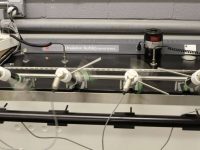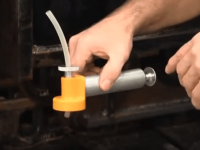CLEVELAND, November 11, 2020 TestOil, the industry leader in lubricant analysis, explains the difference in common oil analysis maintenance strategies and why they recommend a predictive oil analysis program in most situations. TestOil’s Senior Technical Advisor Evan Zabawski said, “At TestOil, we are aware of the different strategies and have always chosen to focus on…
Read more
Predictive Maintenance V. Reactive Maintenance—Which is Better?







